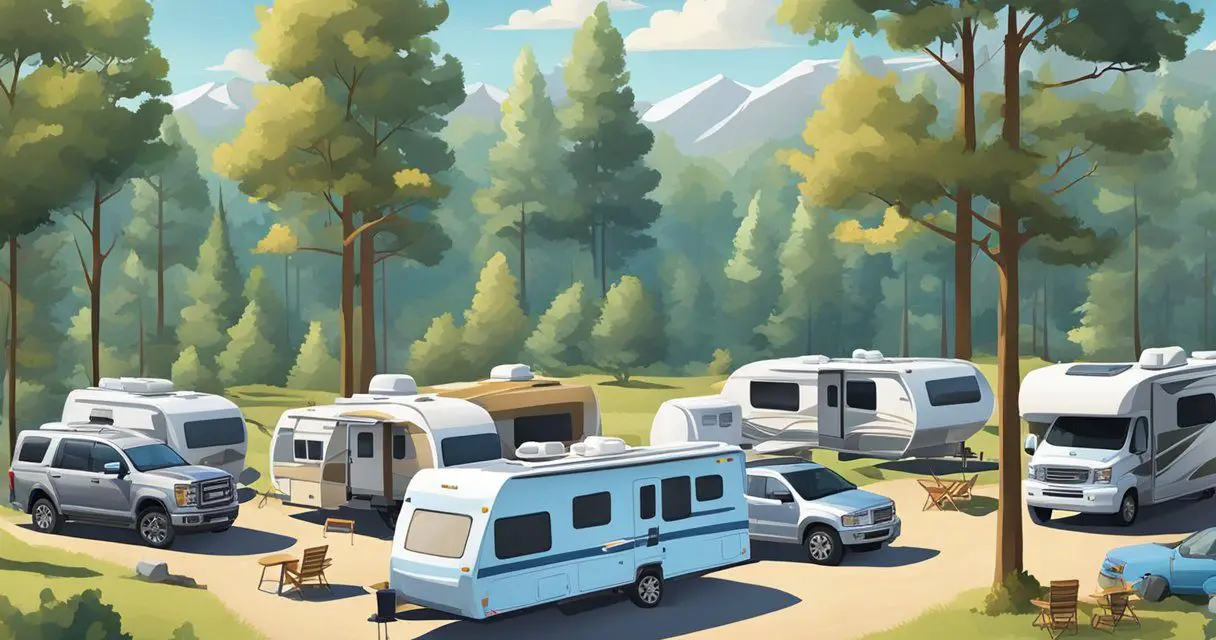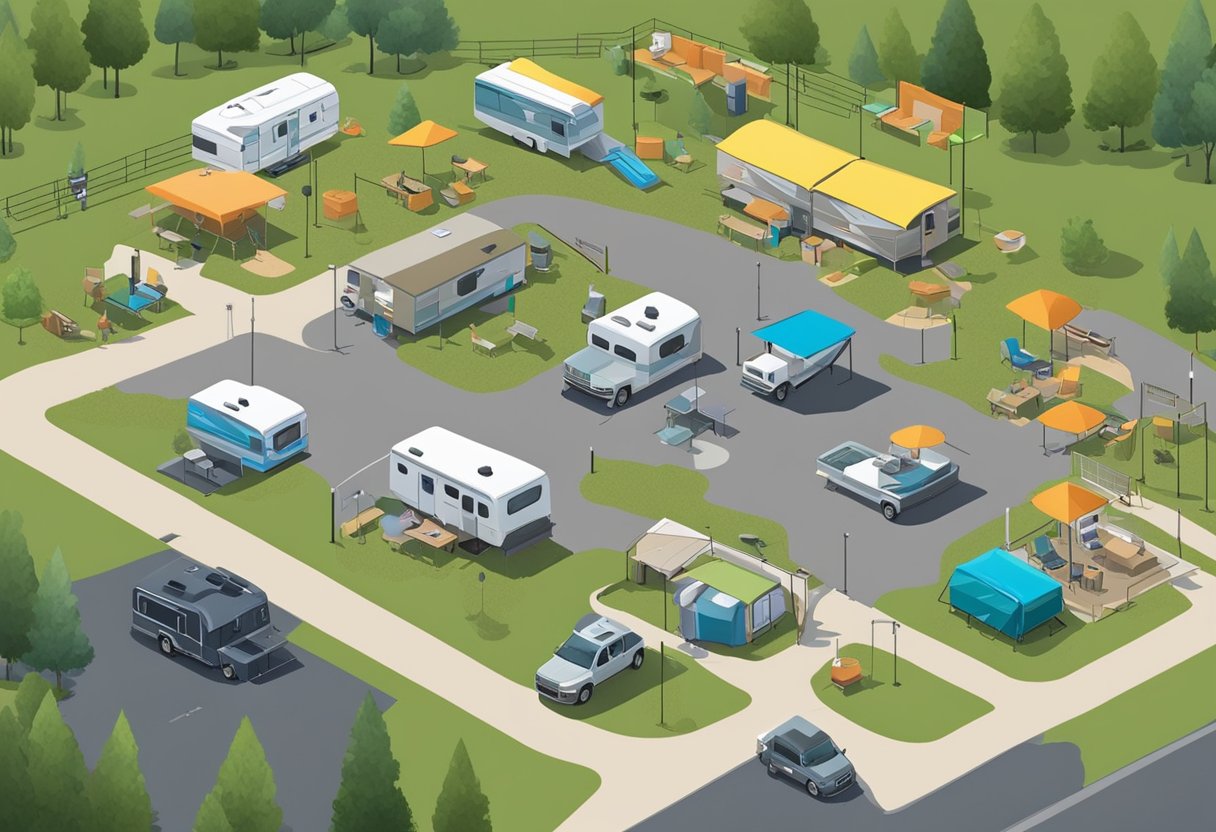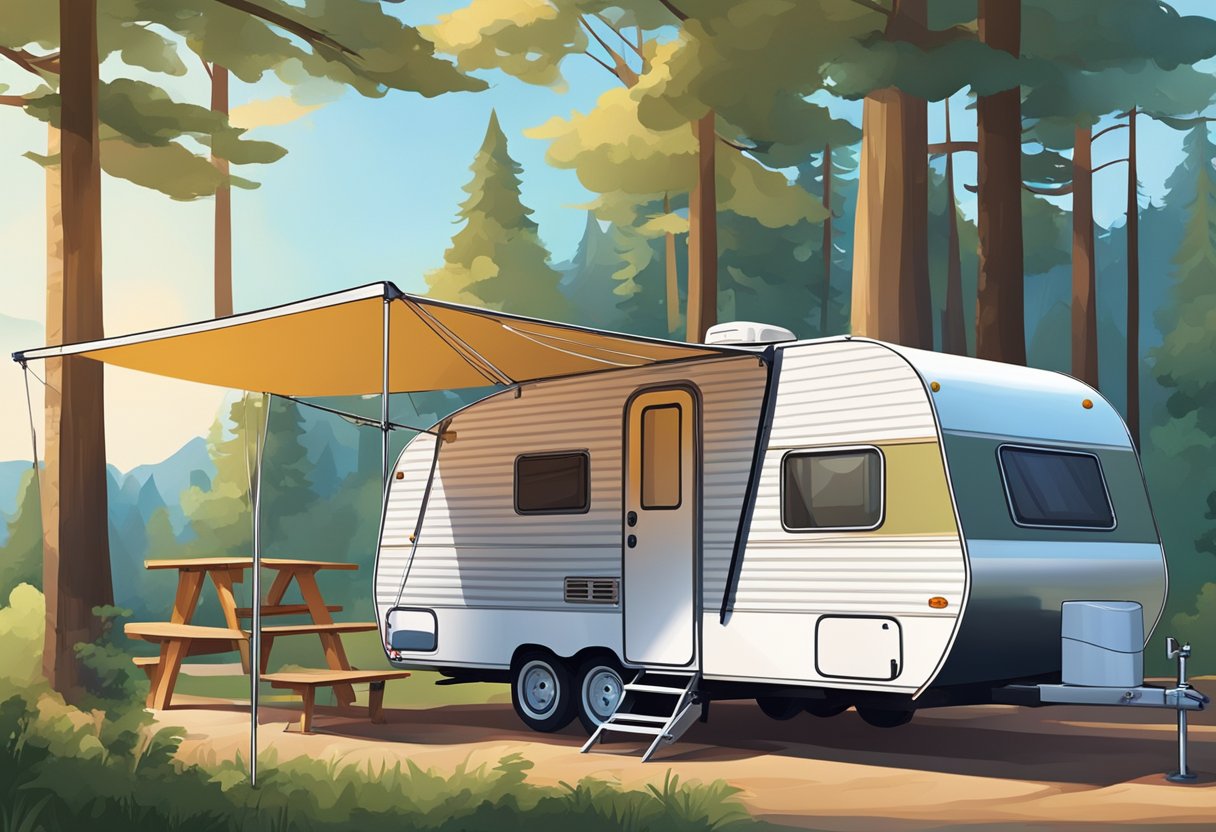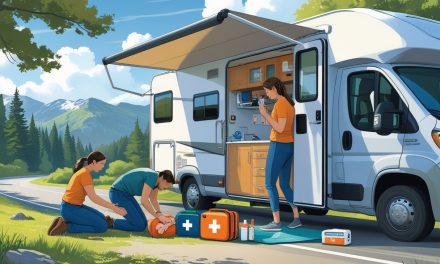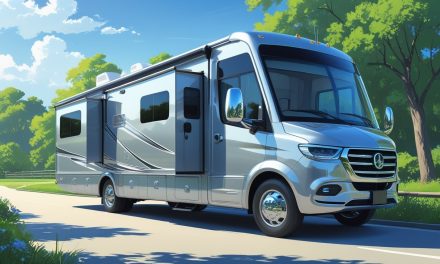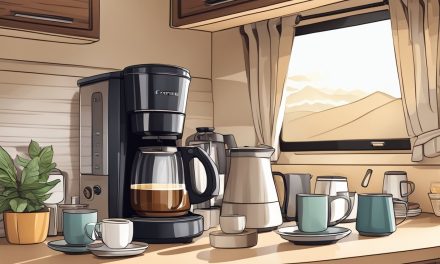Would you like to save this article?
Hitting the open road in an RV offers an unmatched sense of freedom and adventure. Whether you’re a seasoned traveler or new to the RV lifestyle, understanding important terms can enhance your experiences. Knowing these key RV terms will not only make your trips smoother but also boost your confidence in handling different situations.
As interest in RV travel continues to grow, many people are investing in their own rigs, ranging from budget-friendly options to luxury models worth hundreds of thousands of dollars. Preparing yourself with the essential terminology can help you make informed decisions and navigate the complexities of RV ownership and travel more effectively.
1) Boondocking
Boondocking is the practice of camping in an RV without relying on hookups like electricity, water, or sewer services. It typically involves staying in remote, undeveloped areas.
Boondocking provides freedom and adventure, as you are not tied to campgrounds. It also encourages resourcefulness because you must manage your own power, water, and waste.
Essential equipment for boondocking includes solar panels, a generator, and additional water storage. These tools can help prolong your stay in off-grid locations. Additionally, scouting potential spots beforehand ensures that your chosen location can accommodate your RV size.
For those new to boondocking, a test run near home is beneficial. It allows them to adapt to the lack of traditional amenities without being too far from support.
2) Fifth Wheel
A fifth wheel is a type of RV trailer that connects to a pickup truck using a specialized hitch called a fifth-wheel hitch.
This hitch is mounted in the bed of the truck, providing a secure and stable connection.
These RVs are known for their large living spaces and often include multiple slide-outs.
Fifth wheels offer ample storage and can include luxurious amenities like full-sized kitchens and bathrooms.
They’re favored by families and full-time RVers due to their comfort and spacious designs.
3) Class A Motorhome
A Class A motorhome is the largest and often the most luxurious type of RV. Built on a bus or commercial truck chassis, these units range from 21 to 45 feet in length.
Class A motorhomes offer spacious interiors, making them ideal for extended travel or full-time living. They often come equipped with high-end amenities like residential-style kitchens, large bathrooms, and multiple slide-outs.
Due to their size and features, Class A motorhomes tend to be the most expensive type of RV. New models typically cost between $100,000 and $200,000 or more. For those on a budget, used models are a more affordable option.
These vehicles require a bit more effort to drive and maintain compared to smaller RVs. Given their length and height, maneuvering and parking can be challenging.
4) Grey Water Tank
The grey water tank in an RV collects all the soapy water from sinks and showers. This tank ensures that wastewater is stored separately from the black water tank, which holds sewage.
Typically made from durable polyethylene resin, grey water tanks are resistant to corrosion and cracks. They come in various sizes to fit different RV models.
Regularly checking the tank levels can prevent overflow and unwanted smells. It’s essential to empty the grey water tank before it gets full by opening the valve and letting the water drain out safely.
5) Slide-Out
Slide-outs are a popular feature in RVs nowadays. They are extensions that expand the living space by sliding out from the main body of the RV. These can be found in motorhomes, campers, and even fifth wheels.
Most slide-outs operate using electric motors, but there are hydraulic versions as well. The rack and pinion system is one of the most common mechanisms used.
Slide-outs add extra room, making it comfortable for families or groups traveling together. While they offer more space, they also increase maintenance duties and repair costs.
Modern slide-outs are designed to be both strong and light. Despite this, they still add to the overall cost of an RV. Knowing this, potential buyers should weigh the benefits against the additional expenses.
6) Tow Dolly
A tow dolly is a small, two-wheel trailer used to tow a vehicle behind an RV. It lifts the front wheels of the car while the rear wheels stay on the road. This is ideal for front-wheel-drive cars, as it keeps their drive trains motionless and prevents odometer mileage from accumulating.
Tow dollies offer flexibility. Many RV owners use them to tow cars that aren’t suitable for flat-towing. This can include models that are front-wheel drive, which makes a tow dolly a practical choice.
One consideration is that the towing vehicle should be heavier than the vehicle being towed. This weight difference ensures safe and stable towing. Typically, RVs easily meet this requirement due to their size and weight compared to most personal vehicles.
7) Full Hookup
A full hookup campsite provides three essential services: electricity, water, and sewer connections. These amenities allow RVers to enjoy many of the comforts of home while on the road.
Electricity is typically available in 30-amp or 50-amp options. Water hookups ensure a steady supply of fresh water. Sewer connections offer an easy way to dispose of wastewater, keeping RV tanks empty and functional.
These conveniences make long stays more comfortable and practical. Full hookup sites are particularly popular in well-equipped RV parks and campsites, providing a hassle-free experience.
8) Travel Trailer
A travel trailer is a type of RV designed to be towed by a vehicle with a hitch.
Travel trailers are popular for their versatility and range in size from about 10 to 40 feet. This means there’s a travel trailer to suit almost any need or vehicle capability.
These trailers can include features such as kitchens, bathrooms, and sleeping areas, making them a comfortable option for camping trips. Travel trailers offer a home-like experience while on the road.
9) Black Water Tank
The black water tank is a crucial component in an RV’s waste management system. It holds waste from the toilet until it can be safely emptied at a designated dump station.
Typically mounted under the RV, this tank has a valve that can be pulled to empty it. It’s important to ensure the tank is fully drained and then flushed with water to keep it clean.
Following a routine for emptying and cleaning the black water tank helps prevent unpleasant odors and potential blockages. By doing this, RV adventurers can enjoy their travels with fewer worries about their waste disposal system.

